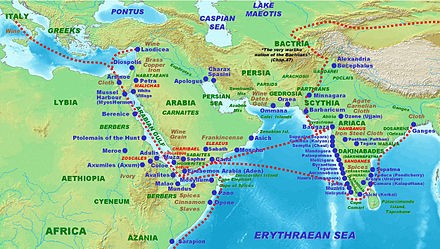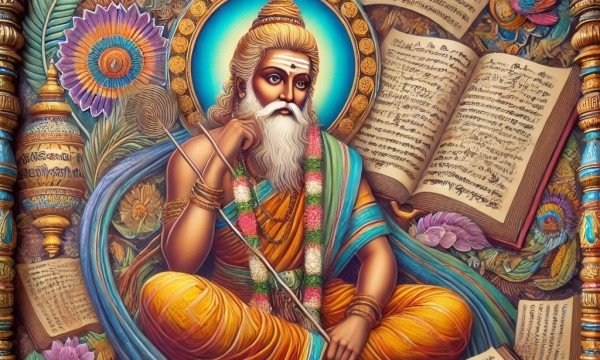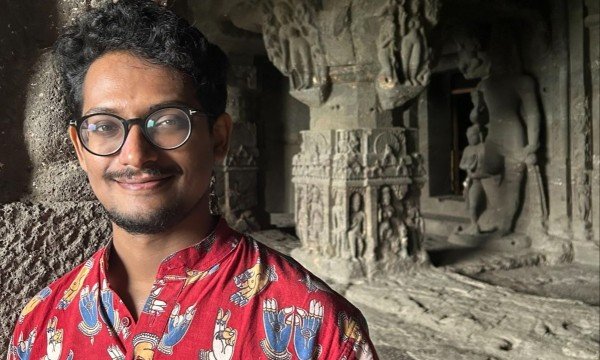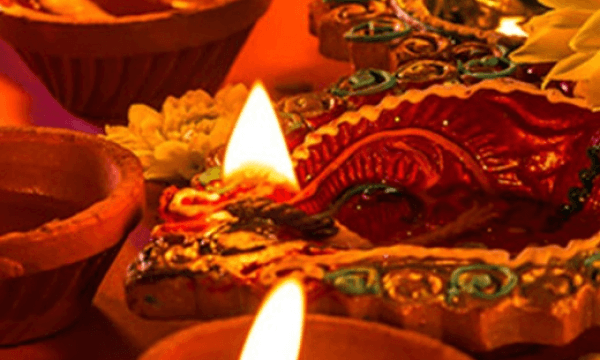
நளிகட லிருங்குட்டத்து வளிபுடைத்த கலம்போலக்
களிறுசென்று களனகற்றவும் களனகற்றிய வியலாங்கண்
ஒளிறிலைய வெஃகேந்தி. அரைபட வமருழக்கி
உரைசெல முரசுவௌவி
-மாங்குடி கிழவர் மருதனார்( புறநானூறு - 26)
Which translates as follows:
On your elephant, raising the spear with the shining blade.
Penetrated the enemy’s army like a ship with full-blown sail
barging into the huge deep sea.
Slaying thine enemy king and seizing their Royal drum
- Mangudi Maruthaanaar (Puranaanuru 26)
Oblation of valor by Bard Maangudi Maruthanaar
In the history of humankind, the first crowned monarch ever may have been the Pandya monarch. Purana depicts Lord Shiva as one of the Pandyas, and is often referred as Thenaadudaiya Sivane, meaning Lord Shiva the possessor of the southern country.
Legend says the first Tamil Sangam (The Great First Assembly of Tamil Scholars) was patronized by the Pandya Monarchs at the lost continent of the Tamil in the Indian Ocean. The first Sangam period corresponds to 10 000 BC to 5000 BC and was continuously patronized by the successive Pandya kings.
Lord Shiva himself was seated as one of the first Tamil Sangam scholars, and referred to as Thirupuram Eretha Virisadai Kadavul meaning “Scattered Braided God” who had burned the three confluence. You will find literary evidence to support this claim in Silapathikaram and in Iraiyanar Kalaviyal. Both were written by Ilango Adigal and Nakkeerar respectively.
Legendary Pandya Genealogy
In Pandya genealogy, Thalaiyaalangaanathu Seruvendra Pandyan Nedunchezhian appeared in 200 to 400 BC and ruled the ancient Tamil country from Madurai. He is considered one of the greatest Pandya kings in history. Mysteriously, King Pandion I and King Pandion II appear in Greek History as the contemporary of Thalaiyaalangaanathu Seruvendra Pandyan Nedunchelzhian. He is also considered one of the most important kings in Pandya genealogy, often riddled with both mystery and history.
The word Pandaya in Tamil means “very ancient” and denotes the time period of prehistory similar to the word paleo in English, which has its root in Greek. The Greek root for “paleo” is Palaio, which I firmly believe is a loan word from Tamil - Palaia means old/ancient in ordinary terms, whereas the word Pandaya is a synonym and poetically a better word to denote pre-history.
Pandaya also means several other things, mostly related to prehistoric milestones achieved by Tamil civilization. It denotes the bull (as the first race to domesticate the wild bull). Lord Shiva is often referred to as a Pandyan and associated with the bull.
Agriculture is also denoted as Pandyam/Paandithuvam in the ancient Tamil world. The cart and wagon is called Paandi and become Vandi later on. Mechanized agricultural practice was a Pandya invention. Pandyas were the first pandits (scholars). The Pandu and Pandavas of Mahabharata share the same legendary Pandya genealogy. Some historians claim the Panyu people of the Chinese province of Guangzhou have a historical and cultural relationship with the Pandyas.
Pandian Nedunchezhian II

In Pandya genealogy, at least three different Nedunchezhian seem to have appeared at different times. He who conquered the enmity at Thalaiyaalanganam is noted as Nedunchelzhian II by most historians, while others call him Nedunchelzhian III. He lost his parents at a very young age and become the crowned king of the Pandya Kingdom at the age of 15. He appears to have been tall and is named as Nedunchelzhian, meaning The Enhanced, who appears tall. He ruled the Pandya kingdom from Madurai, the capital city, and his chief trading port was Korkai, likely modern day Thoothukudi.
The chief commodity Nedunchelzhian traded with the Chinese to the East and Romans and Athenians to the West was sea conch pearls. The other commodities he traded were cotton, ivory, pepper and sandel. In return, he received gold and gems.
His court was adorned with the Chief Bard Maangudi Maruthanaar, who sung his valor after his victory at the Thalaiyaalangaanam. Considering the numerous battles he fought, there is compelling reason to believe that he had indeed wanted to control maritime trade and its commodities. This notion is convincing to most Pandya historians and anthropologists alike.
Throughout his career, he engaged in numerous battles and emerged a victor. At least twenty Bards from the Sangam period have sung his valor. The most famous ones are the Chief Bard Mangudi Maruthan, Nakeerar and Paranar. He recorded a poem in the Sangam Tamil collections, and it is listed in Agananooru (Number 72). It is classified under Venchinam Mozhithal meaning “Vociferate to Resolve”.
His poem expresses his resolve to destroy his enemies who had made fun of his ascendancy to the crown at an early age due to his parent’s early demise. He expressed in his poem that, if he had not destroyed his enemies and their pride, let the chief Bard Mangudi Maruthanaar abstain from singing about him, Let the citizen of my country reprimand me, also let the incurable poverty reach me so as not able to give those who seeks him and those who patronize him will dwell in to extreme insecurity. This is the way he vocalized his resolve to quell his enemies. It reflects his Tamil ethical affinity, called Aram.
Many historians and anthropologists, including myself, have engaged in debates and speculation about the behaviour of Nedunchelzhian. One of the two main reasons could be his ascendancy to the throne at a young age. All the leaders surrounding his country questioned his authority and ability to run the kingdom. This leads to a compelling reason for Nedunchezhian to emerge as a perpetual war leader to silence enemy kings. This is very clearly explained in his “Vociferate to Resolve” poem compiled under Agananooru (Number 72). This poem very clearly expresses his concern for both scholars and citizens who had the right to criticize his actions if deemed unjust.
The second reason for his warring behaviour could be to control the maritime trading commodities complexed with the Pandiya hereditary obligation of the southern concourse protection (a Pandya family destiny). It is referred as Thenpula Kaaval in Tamil literature, and it is the duty of the Pandya king to ensure the safety of the southern concourse from foreign invasion.

























